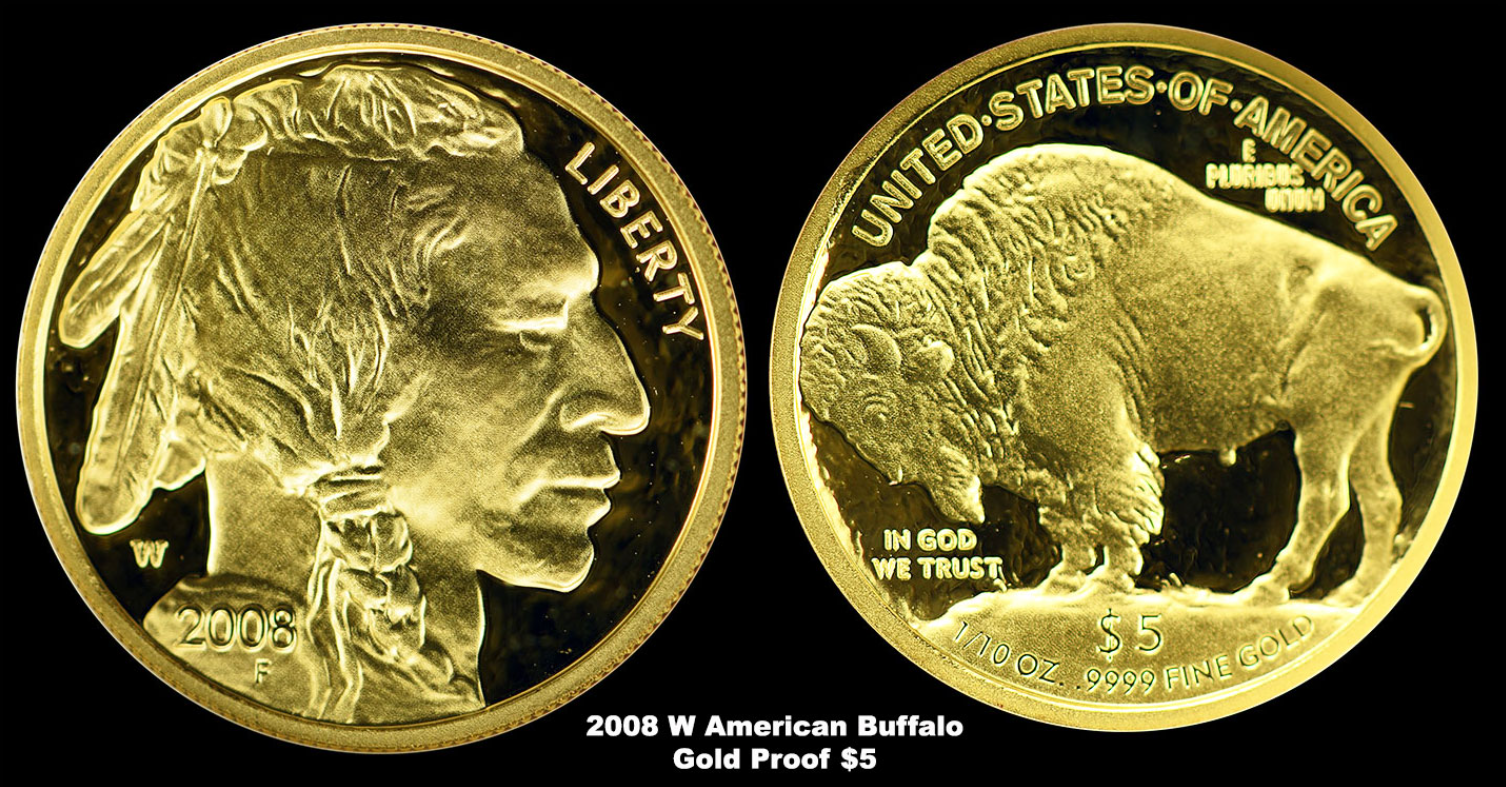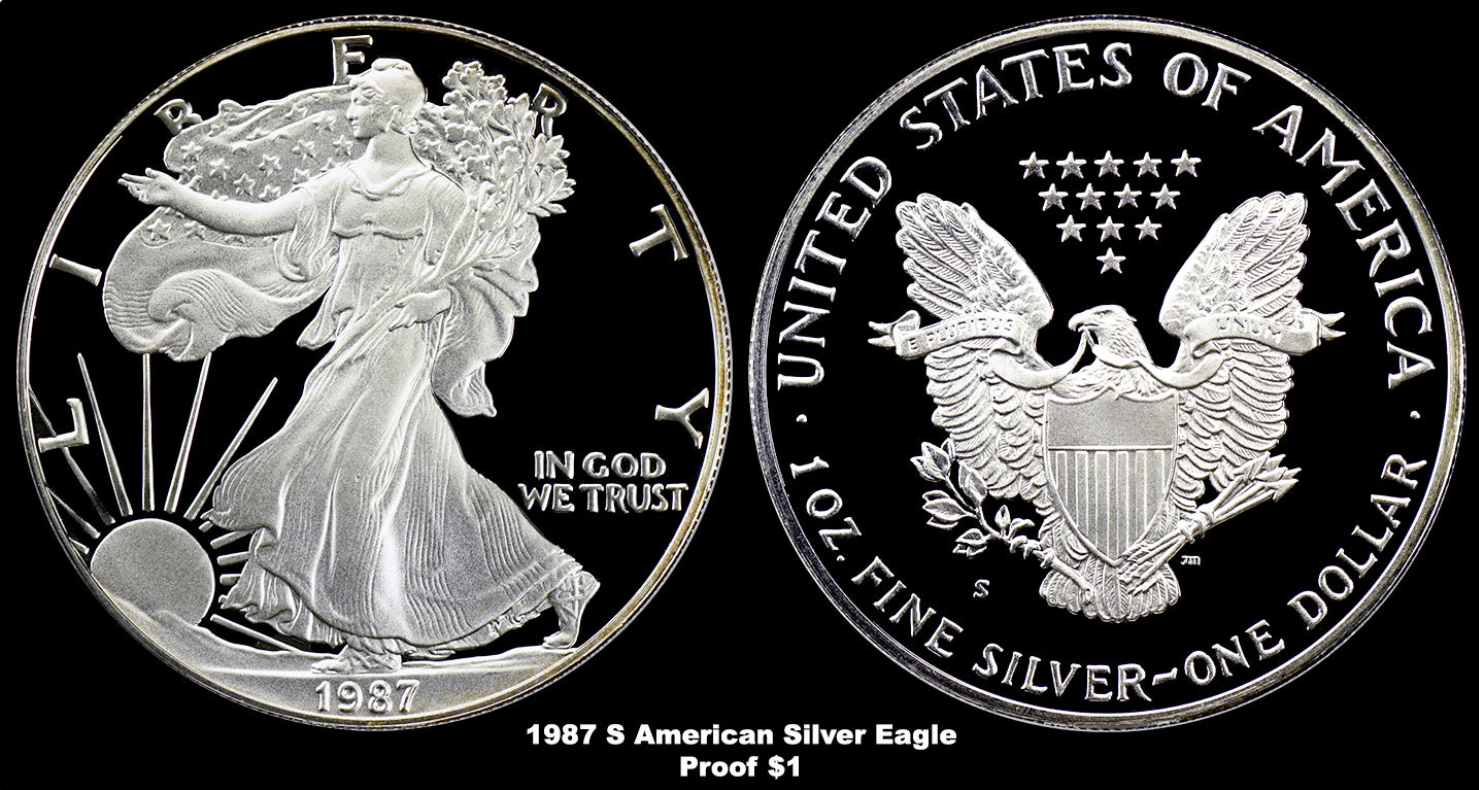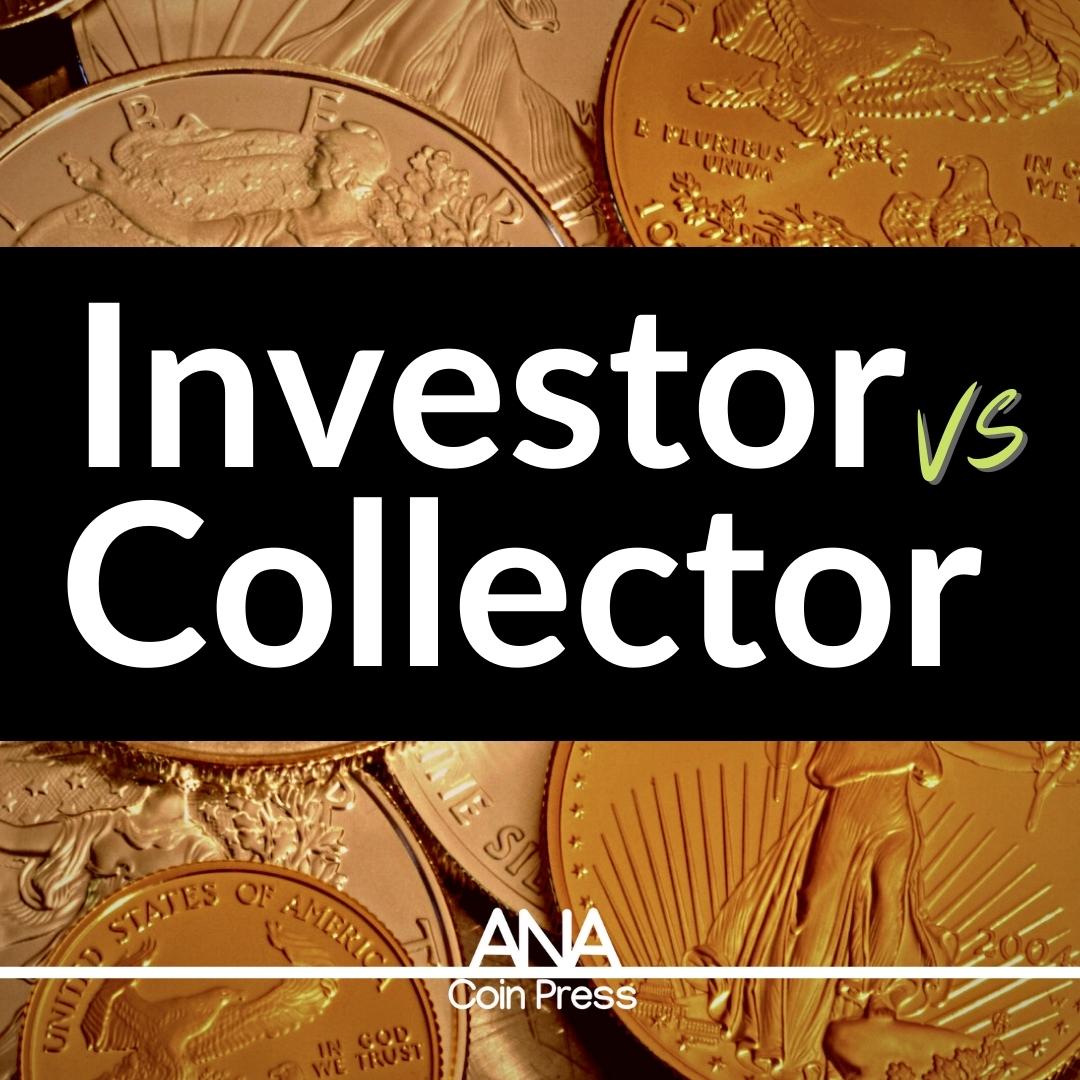Coin Collecting: Investor vs Collector
In general, there are two primary types of coin collectors: investors and collectors. This statement is not meant to imply that there are those who do not enjoy both aspects of the hobby, and any collection may be considered an investment. But there are a few differences between collecting principally as a hobby, and purchasing coins chiefly as an investment vehicle.
THE INVESTOR
Goal
One who procures coins as an investment is primarily interested in generating profit from their purchases. Some may view collecting as a long-term investment, planning to keep their coins for 10 years or more, while others are looking for a quicker payout. Regardless, the investor’s buying and selling decisions are largely driven by the possibility of their collection increasing in value substantially over time.
Focus
Those who acquire coins solely for investment purposes generally purchase coins based on their potential for monetary growth. Many investors choose to focus on precious metals, building a collection of gold, silver, or platinum bullion. And those with a deeper interest in numismatics may seek out a series or specific pieces that they think are poised to increase in value, or other collectibles that they believe are undervalued or on the cusp of becoming more in demand.


▲Gold and silver bullion are popular choices for numismatic investors.
Research
Serious numismatic investors have to keep on top of the precious metals market—and coins as a whole, including specific series or dates. Successful investors possess a deep understanding of pricing trends that helps them avoid overpaying for coins/bullion.
Buying Behavior
An investor’s buying choices can be opportunistic. If the price of gold or silver drops, they’re likely to begin buying larger quantities of them. If a particularly underpriced coin comes on the market, they may be inclined to buy it, even if they weren’t looking for it previously.
THE COLLECTOR
Goal
A collector comes to the world of numismatics principally for enjoyment and pure passion for the hobby. Pleasure, fulfillment and pride drive the collector to collect. And, excitement— collectors thrill in completing a set; delight in selling and trading with their fellow collectors; and relish the nostalgia and history that flows over them as they hold a cherished coin in their hands.
Focus
 Because profit isn’t a primary goal, the collector can focus on whatever tickles their fancy. They will pick whatever series, country, or theme appeals to them and is within their budget. This can result in some very unusual but interesting collections centered around themes like animals or vehicles on coins. Still, others favor the familiar albums filled with wheat pennies or registry sets of Morgan dollars. With the seemingly innumerable number and variety of coins in this world, the possibilities for a collection’s focus are nearly endless.
Because profit isn’t a primary goal, the collector can focus on whatever tickles their fancy. They will pick whatever series, country, or theme appeals to them and is within their budget. This can result in some very unusual but interesting collections centered around themes like animals or vehicles on coins. Still, others favor the familiar albums filled with wheat pennies or registry sets of Morgan dollars. With the seemingly innumerable number and variety of coins in this world, the possibilities for a collection’s focus are nearly endless.
Research
A collector is most likely to focus their research efforts on the history behind their desired collectible. Understanding pricing is still important, of course, though less critical than for the investor. The true prize for a collector is the story of the coin itself, and understanding the unique historical events that led to a key date or change in design.
Buying Behavior
Collectors are more emotionally invested in their transactions, and thus more likely to wait for just the right piece to come up for sale. And they’re likely to be willing to pay a bit more to get it. Future profit potential or no, the objective in this scenario is to add a stellar coin to their set. And to the collector, stellar lies in the eye of the beholder.
SIMILARITIES
While a lot of the motivations behind “collector” and “investor” collections are different, there’s still plenty of common ground, and more often than not, a bit of overlap. Whatever the collector’s intent, the need to understand grading and the basics of the coin industry in order to make good purchases is universal. Moreover, it’s rare to find an investor who has no interest in the history of their collection, nor a collector who has no interest in selling their collection for a profit when the time comes. In the end, the labels don’t matter nearly as much as the rewards that come with numismatics—financial, personal, or otherwise
To learn more, watch the ANA's Video Vignette: Buying Coins - Investor vs. Collector.
Thanks for reading, and happy collecting!
About the American Numismatic Association
The American Numismatic Association (ANA) is a nonprofit organization dedicated to educating and encouraging people to study and collect coins and related items.
The ANA helps the collecting community and general public discover and explore the world of money through its vast array of educational programs including its museum, library, publications, conventions and numismatic seminars and webinars.

